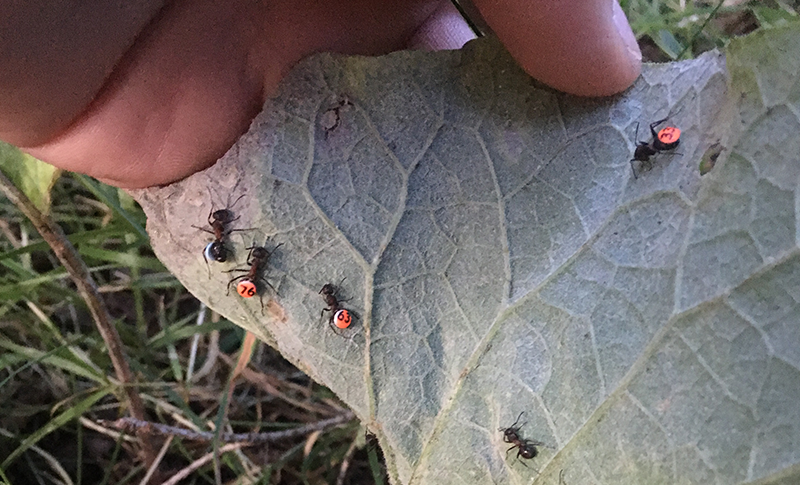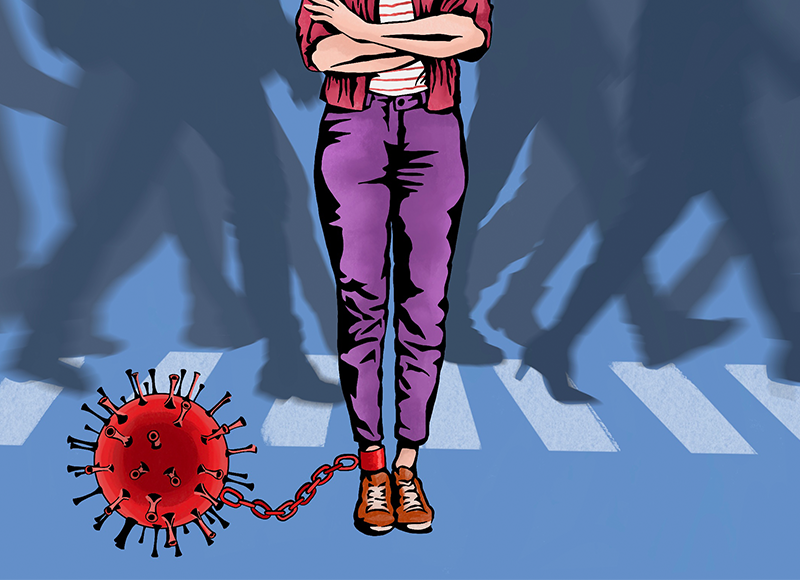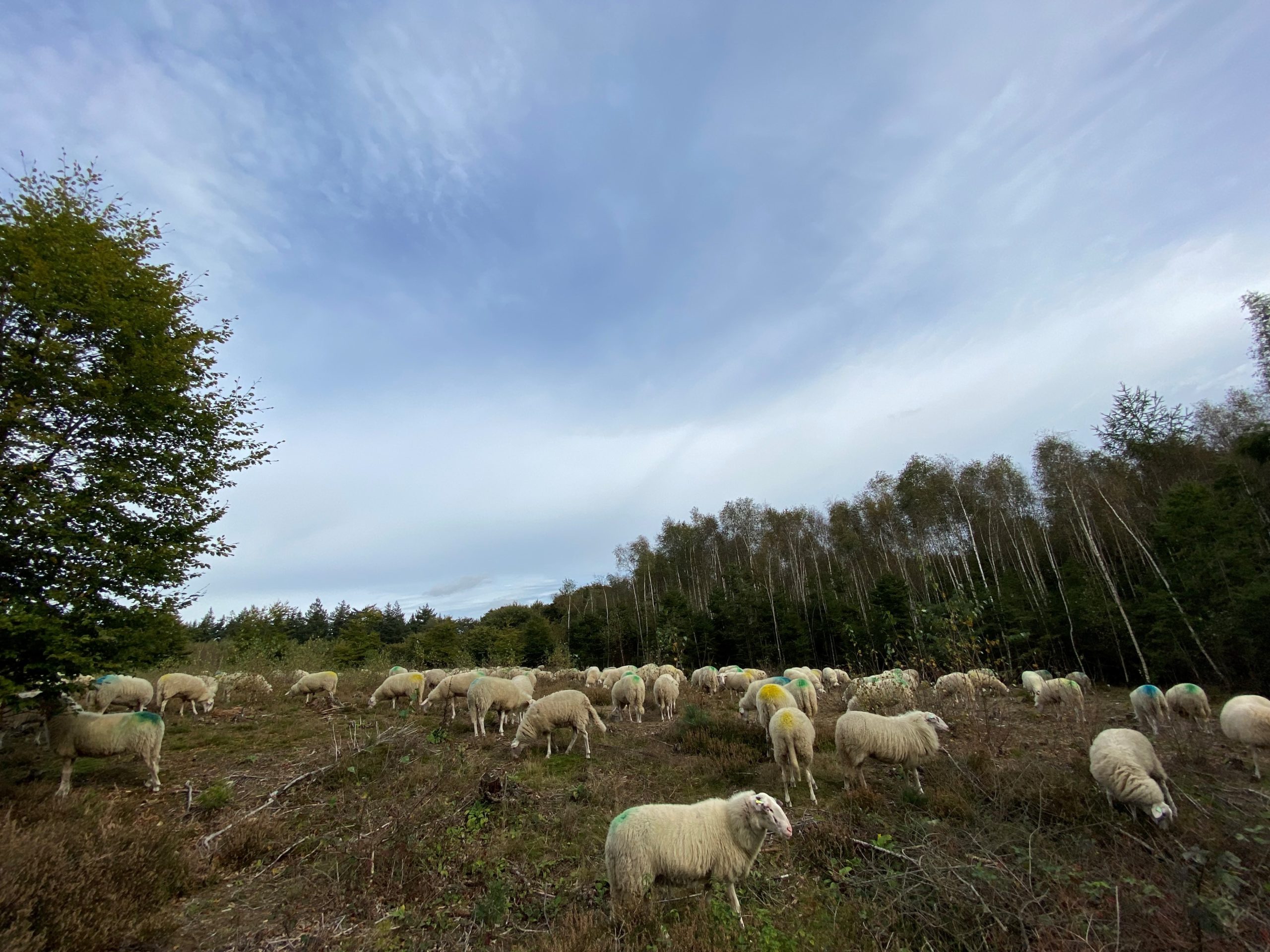Each new variant of the coronavirus is just that bit worse than the previous one. Either it is more infectious or it makes you sicker. But is that a hard and fast rule?
Can’t we humans have a nice surprise for once? A virus that is perhaps more infectious than the old variant but makes you less ill? After all, the aim of the virus is to reproduce, not kill off the host.
Of course these favourable scenarios are conceivable, says WUR epidemiologist Marino van Zelst. But he immediately adds a warning that he thinks such a development is highly unlikely. Mathematically speaking, it is possible to come up with positive combinations of infectiousness and virulence (how sick the virus makes you). But that would require far-reaching changes to the virus’s characteristics.
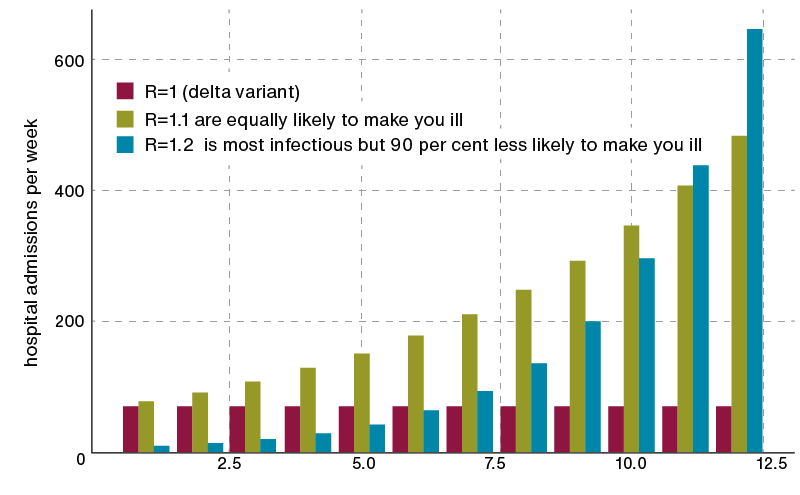
The problem with infectiousness is the speed with which infections take place. The famous R value is an exponential factor, meaning that each generation increases by the same factor (the R value). If R=2, the number of infections doubles roughly every four days. A certain proportion of those infections results in an admission to hospital.
In theory
According to Van Zelst, you would need a variant that is more infectious than previous variants (or is able to get round people’s immunity) but makes people far less ill — to such an extent that there is enough time to vaccinate everyone and prevent a new wave. ‘That means the linear decline in the number of hospital admissions due to the new variant needs to be steep enough to offset (at least temporarily) the faster exponential growth in infections.’
It could work out well, but I’m not optimistic
That is mathematically possible. Van Zelst: ‘Let’s say you have a variant that is 20 per cent more infectious and 90 per cent less virulent. The R is 1.2 but the chance that you end up in hospital after an infection is 90 per cent less. The new variant then only leads to more hospital admissions compared with the old variant after 11 weeks. And it takes 14 weeks before the total number of admissions over the whole period is bigger.’
‘In theory such a scenario gives you more time to intervene with medicines, booster jabs and other measures,’ continues Van Zelst. But if you don’t do enough, you will eventually be hit anyway — exponential growth is merciless. ‘So there are situations imaginable that could work out well, but I’m not optimistic. There is no guarantee that the virus will mutate in a way that suits us. And if it does, it’s pure chance.’

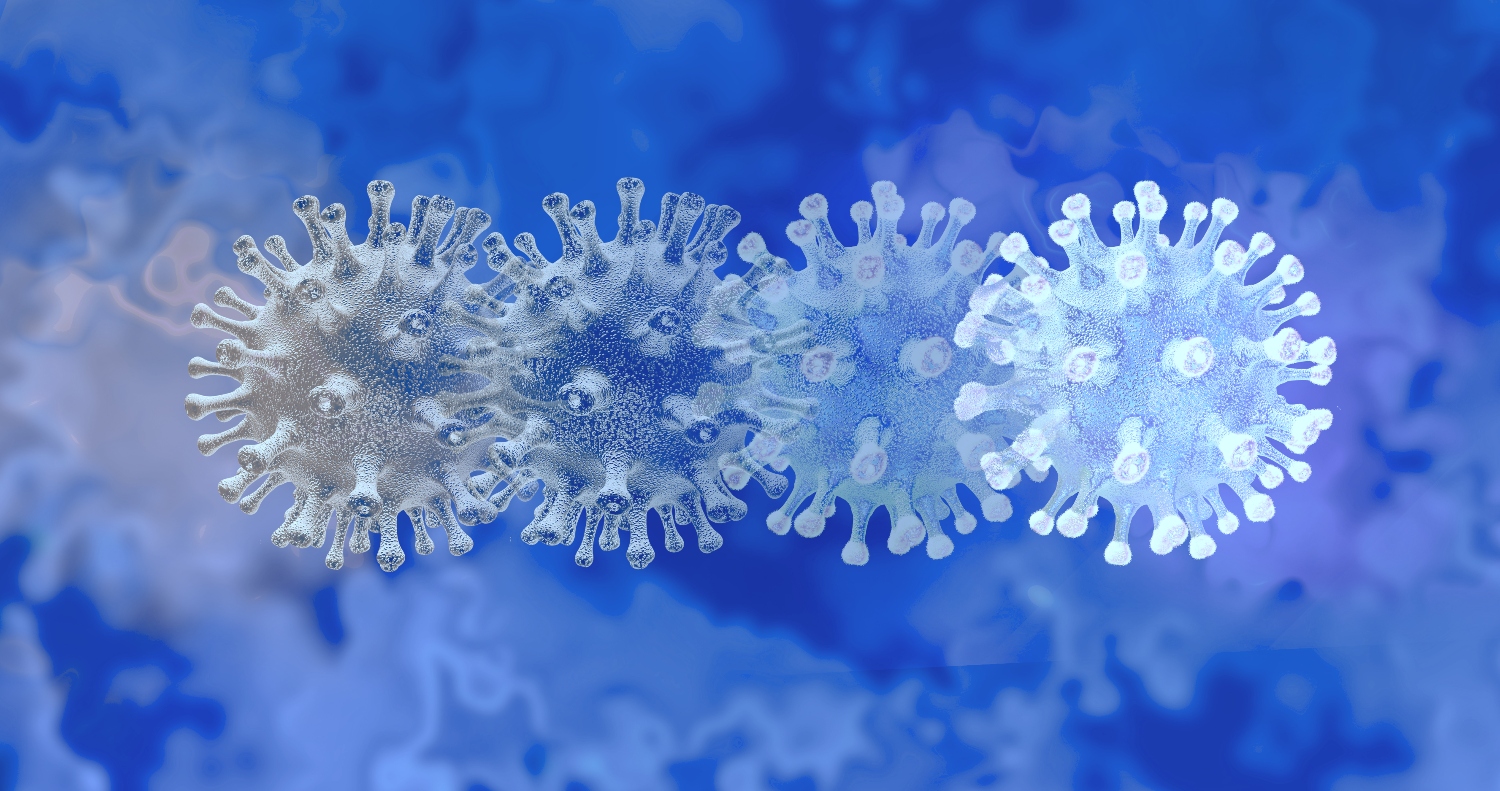 Photo Shutterstock
Photo Shutterstock 